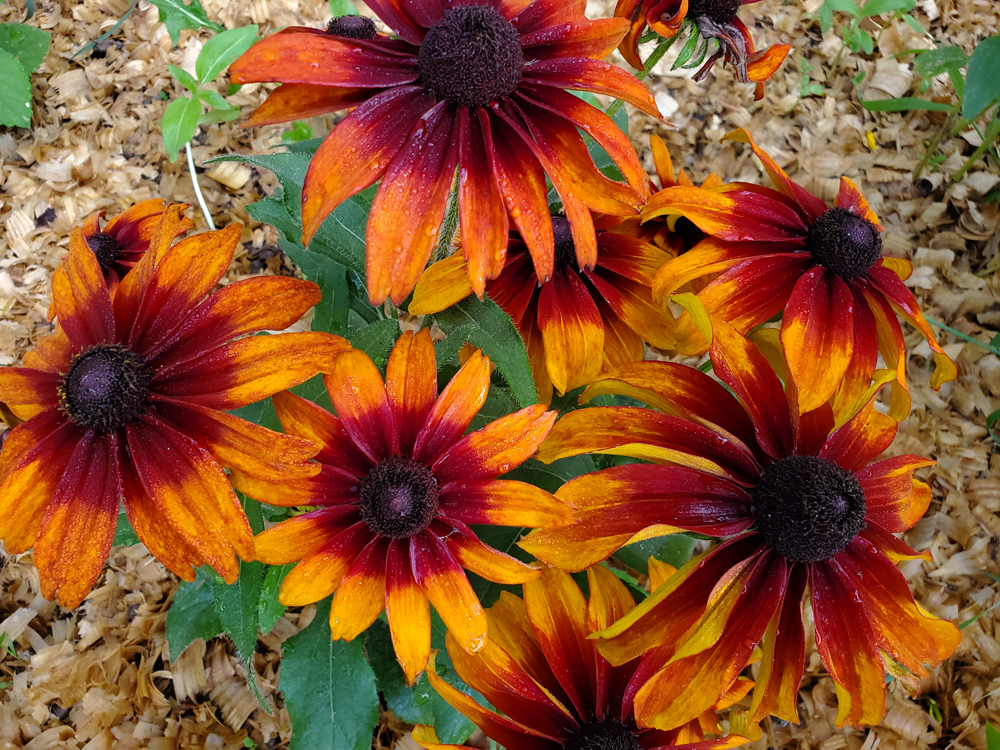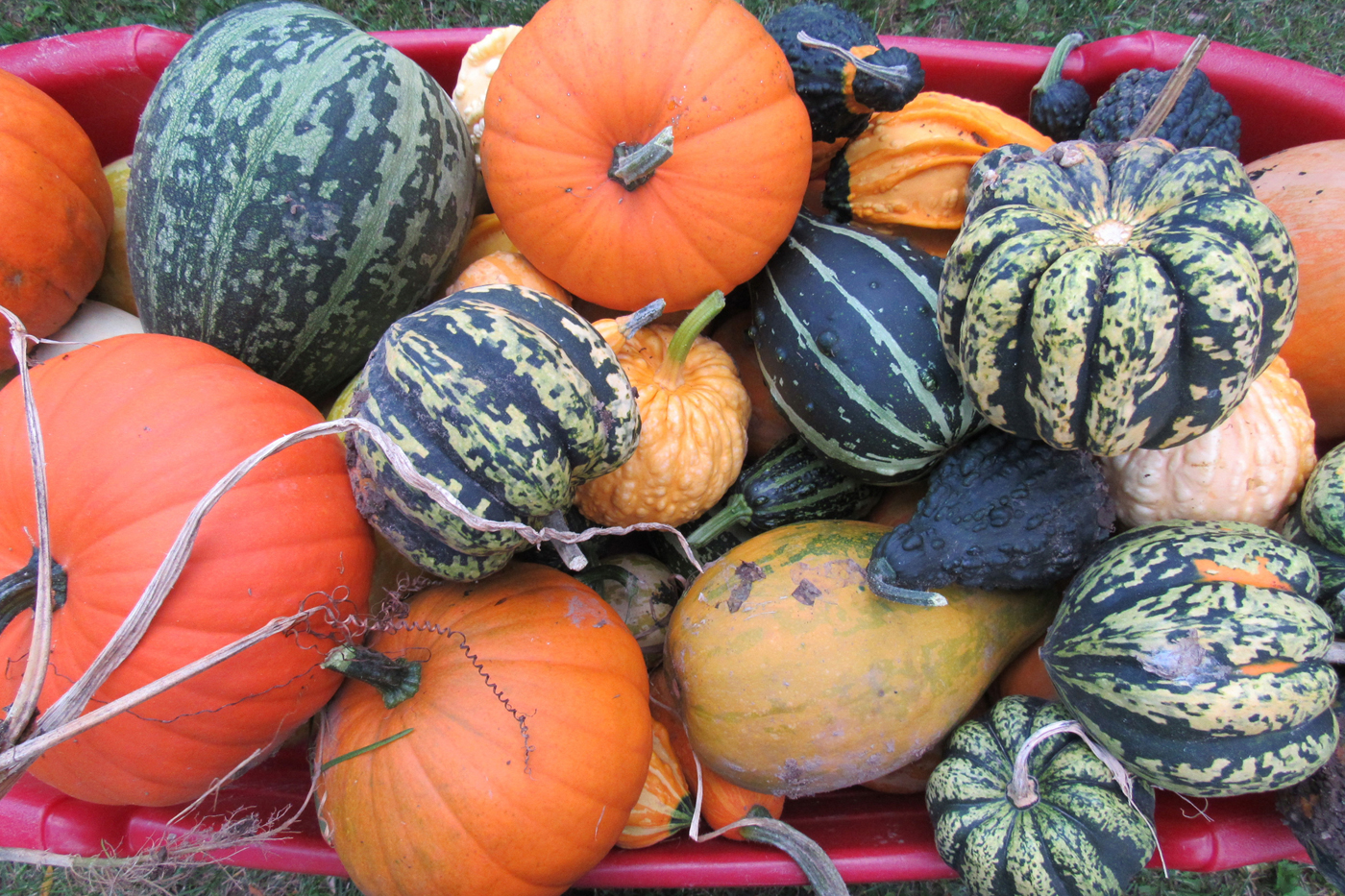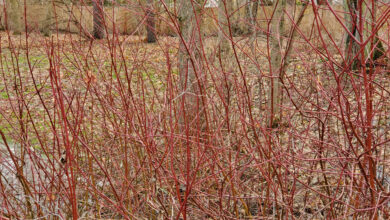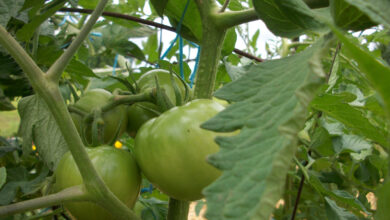Rudbeckia adds interest to the garden
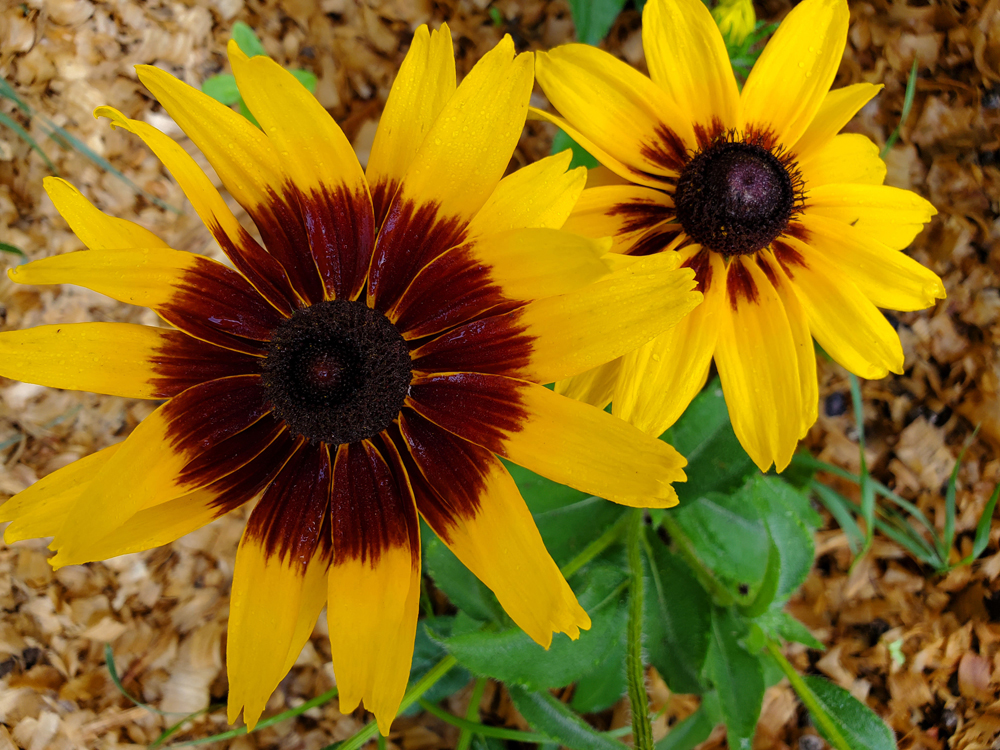
Its common names include Black-eyed Susan, Gloriosa Daisy, and Yellow Ox Eye. Whichever name you prefer, Rudbeckia light up the landscape in mid-to-late summer with their bright, golden blooms and dark centers. These perennials native to North America are hardy in Zones 4-9. They are members of the Asteraceae family and have erect stems with alternate, deeply lobed hairy leaves which can feel like sandpaper. The plants form clumps and produce colonies via rhizomes. The two- to three-inch diameter blooms have ray-like petals and a flat, dark eye center.
Most Rudbeckia are perennials, but the R. hirta species is an annual. Other species which are commonly available are R. fulgida, R. grandiflora and R. triloba.
Rudbeckia prefer full sun with more than six hours of direct sunlight a day, but will tolerate partial shade. The plant prefers evenly moist, well-drained soils, but is drought and heat tolerant once established.
Because of its upright growth, Rudbeckia is ideal for mass plantings and naturalized areas as well as in perennial beds. Strong stems mean it rarely needs staking. The flowers attract bees and butterflies and the seeds are relished by birds. Hover flies and other beneficial insects are also drawn to the showy blooms.
Rudbeckia can be subject to several disease problems, although infrequently. These include powdery mildew, bacterial leaf spots, fungal leaf spots, stem rots, downy mildew, and fungal rusts. Clemson Cooperative Extension says that these pathogens are encouraged by excess moisture on the leaves caused by frequent rain or overhead irrigation. Cultural practices such as proper spacing, removal of dead plant material, and drip irrigation can reduce the risk of infection.
If your Rudbeckia show signs of viral infection or phytoplasma diseases – which cause deformed flowers or leaves – it is best to remove and destroy the affected plant material. Aphids, caterpillars, and Japanese beetles can also damage Rudbeckia. Additionally, young leaves can be subject to slug and snail damage.
Rudbeckia fulgida is the most common species with large, lance-shaped basal leaves. It grows two to three feet in height and two feet in width. Cultivars include the very popular ‘Goldsturm,’ as well as ‘City Garden,’ and ‘Little Goldstar.’
Rudbeckia grandiflora is a rhizomatous perennial species native to the Eastern U.S.
This species is huge, growing 39 to 47 inches in height and spreading 23 to 29 inches. The flowers are bright yellow and attract pollinators and beneficial insects.
Rudbeckia hirta is a short-lived perennial species that is treated as an annual. It does self-seed prolifically. The flowers are larger and have more variety in color than other Rudbeckia species. Cultivars include ‘Autumn Colors,’ ‘Cherokee Sunset,’ ‘Goldilocks,’ ‘Goldrush,’ ‘Prairie Sun,’ and ‘Rustic Colors.’ Varieties such as ‘Prairie Sun’ have bright yellow/greenish centers. Annual varieties of Rudbeckia make wonderful cut flowers.
Rudbeckia triloba is native to eastern North America. It is a short-lived perennial that self-seeds easily and works well in naturalized areas. Bright yellow flowers have a black center and are great for including in native plantings.
A related species, Rudbeckia laciniata is sometimes called the “Outhouse Plant.” Its large yellow flowers are whimsical and work well as cut flowers.
